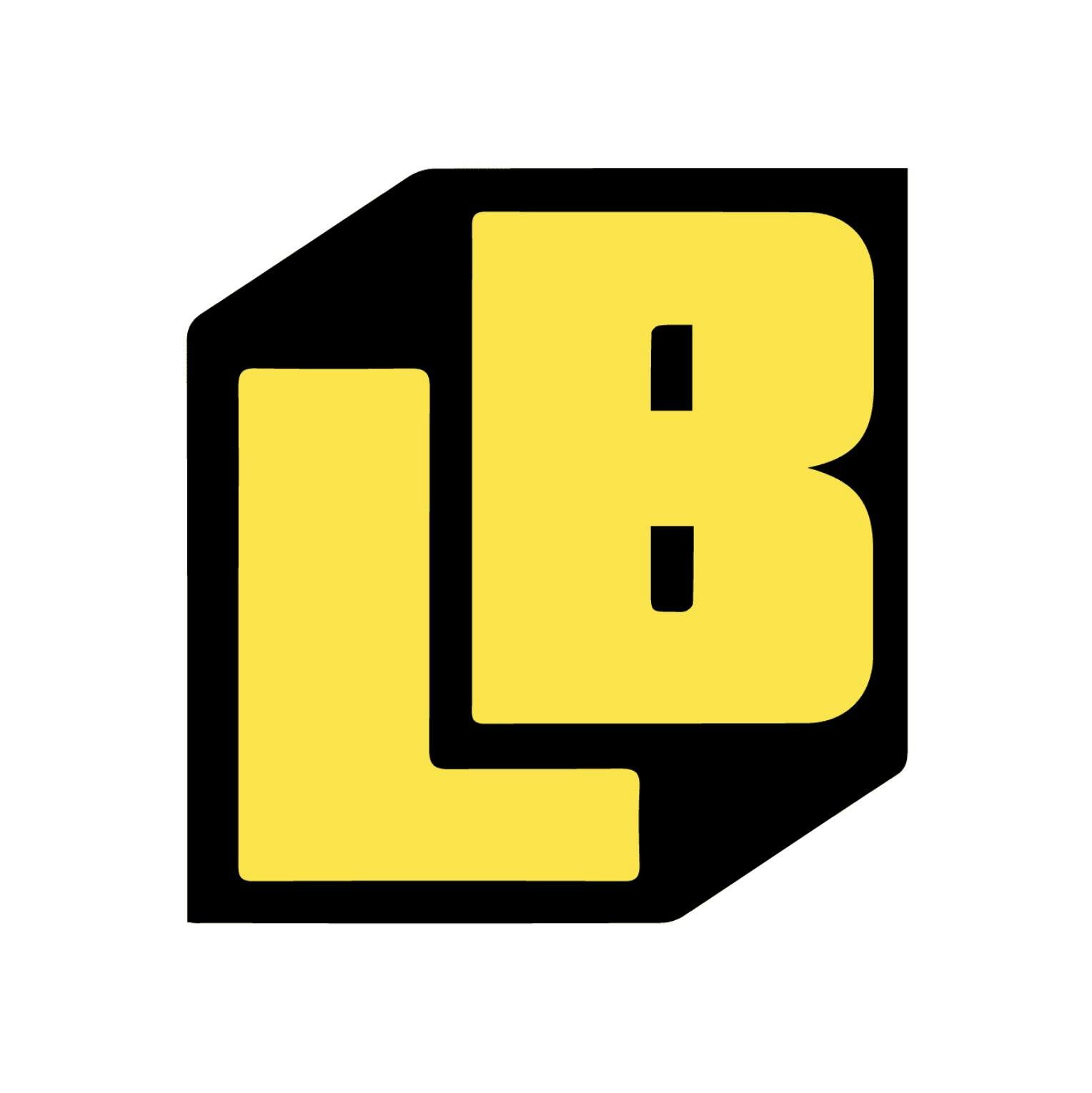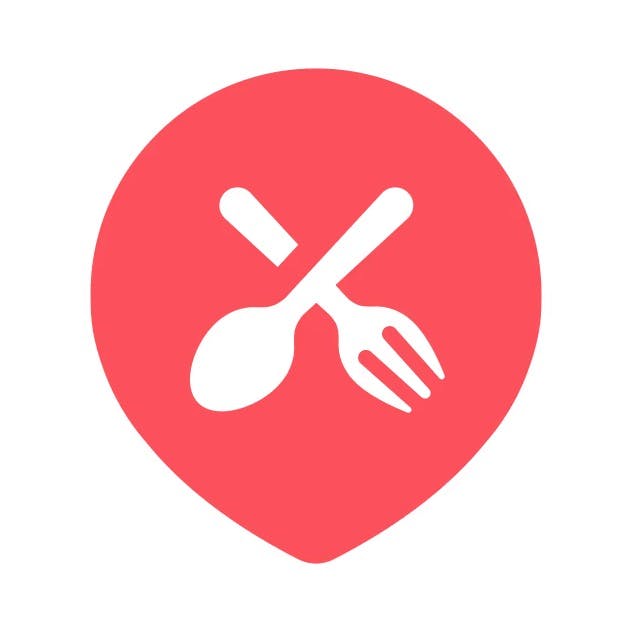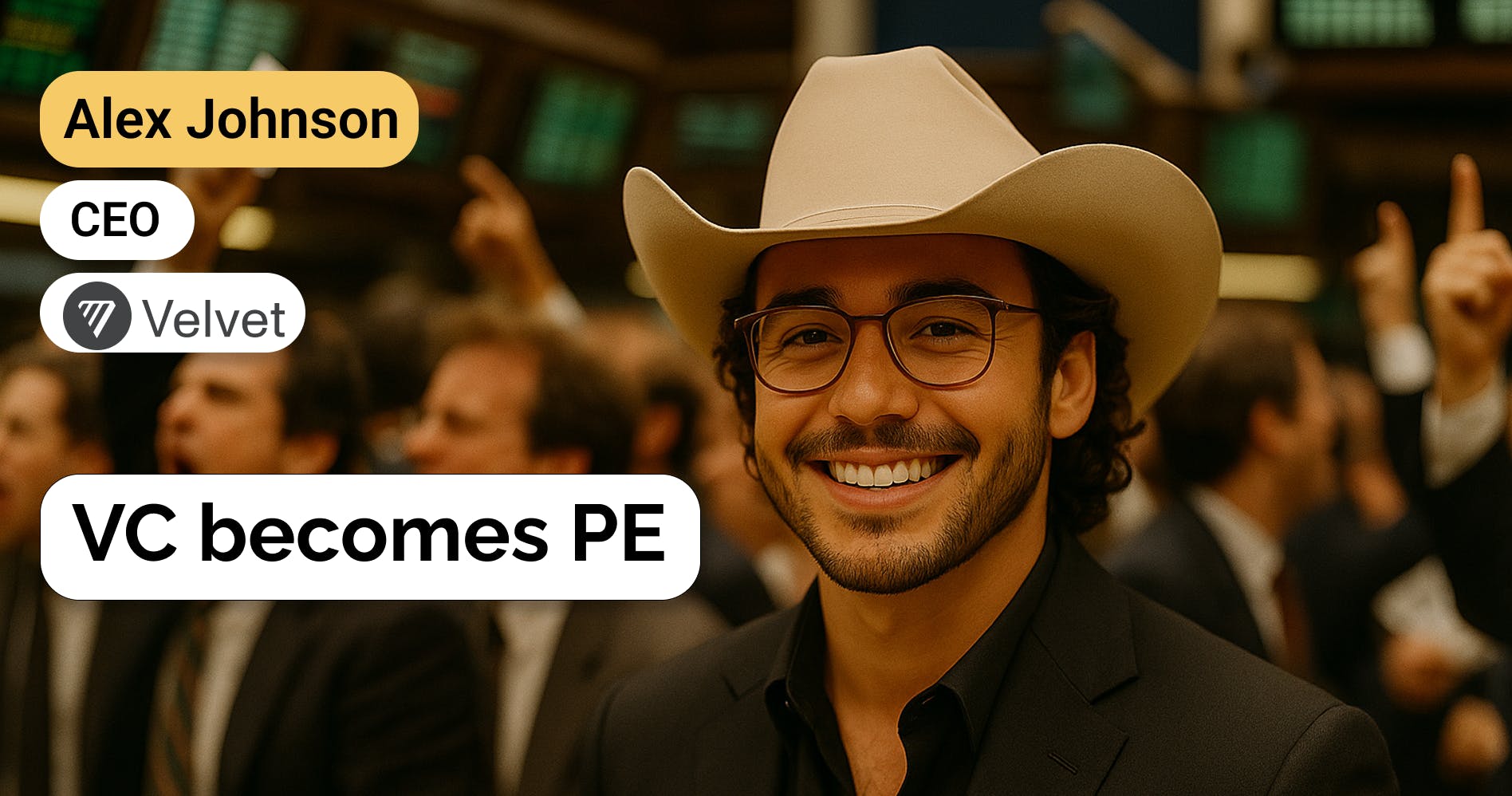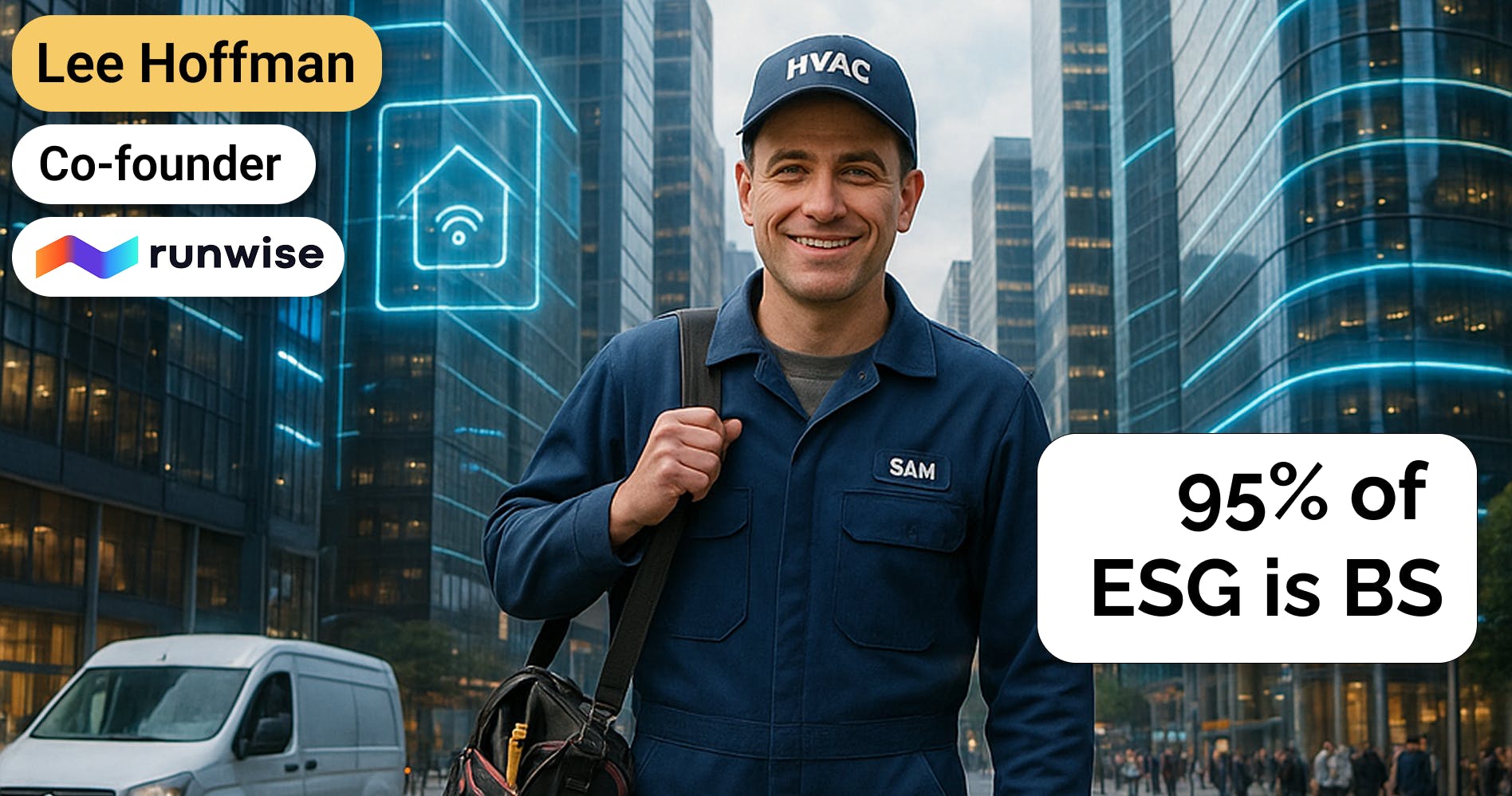Hadi Rashid, co-founder of Lunchbox, on vertical SaaS for restaurants
 Jan-Erik Asplund
Jan-Erik Asplund

Background
Hadi Rashid is co-founder of restaurant marketing and ordering platform Lunchbox. We talked with Hadi about the rise of vertical SaaS for restaurants, the unit economics of delivery on platforms like Uber Eats and Seamless, and what the future market structure of "restaurant SaaS" is most likely to resemble.
Questions
- Can you give us a little context behind Lunchbox? What inspired you to start it?
- What did LevelUp do that was so novel and powerful? What capabilities did Grubhub get as a result of acquiring them?
- What does Lunchbox do? Who does it resonate with most?
- How deep does the understanding among restaurants go to engage in Marketing and Loyalty, especially on the digital side? How old and prevalent is that?
- I wasn't just assuming that restaurants were ignorant of all this. There actually was perhaps not as urgent a need to do it pre-pandemic. Is that correct?
- Can you talk a little about the kind of bottom line impact of third party ordering? How do those economics work? Did Covid just take unsustainable economics to their limit for a lot of restaurants?
- With regard to the SaaS fee, has that ever been like a point of resistance with restaurants whose predilection to paying a subscription recurring fee for softwares may be not as high as another software business? Did you encounter that?
- Can you talk a little about the customer base and average size of the company using Lunchbox? Are there specific use cases you can share?
- Does an all in one approach—ecommerce companies adopting different integrations keeping Lunchbox in the middle—make more sense for restaurants?
- What are some of the biggest places where you might see these software point solutions helping restaurants?
- Is there an example, ideally a Lunchbox customer, that’s doing all this really well, that you can share?
- Can you see third party delivery systems co-existing with optimized first party delivery systems that use Lunchbox for data collection? Or, will companies move away from third party systems entirely?
- In the context of third party ordering, does that customer data get piped into Lunchbox? Or, is that gated inside the DoorDashes and Uber Eats?
- Do you see a world where DoorDash etc. recognize that this relationship has become kind of adversarial so enhance data access to their restaurants and invest more in that experience?
- What do you think about Lunchbox's strategic positioning vis a vis Slice and Hungry Panda? What are you doing differently from these vertical specific apps?
- With regard to the POS systems, do you see Toast or Square etc. as potential competition or complementary products?
- Does Lunchbox's online ordering work with both pick up and delivery? If it's delivery, how does that work? Is that contracting out to a third party?
- Have you seen that ratio of pick up to delivery change over the last two years?
- What will Lunchbox look like five to ten years down if everything goes right? How will the world be different as a result?
Interview
Can you give us a little context behind Lunchbox? What inspired you to start it?
We started Lunchbox about four years ago on February 21. It was pretty exciting and while it all went by in a flash, I do remember clearly when we started it. It was when we found this champion for the restaurant industry that had great loyalty systems and marketing systems. That was LevelUp. Then, LevelUp ended up getting bought by Grubhub, and as it happens, innovation starts coming after money and they started gauging restaurants a little bit.
Then, Bareburger reached out to us with, "Hey, can you do this?" At the time, Nabeel Alamgir, our CEO, was the CMO at Bareburger and he said, "Well, let me bring the team together." Since we paid about $6 million that founding year at Bareburger to third party platforms in fees, we felt there had to be a better way where we could at least know what was going on.
It's not like a third-party customer's going away, but how can we find out more about our customer? That's what inspired Lunchbox and its existence.
What did LevelUp do that was so novel and powerful? What capabilities did Grubhub get as a result of acquiring them?
What LevelUp did really well at the time was they introduced that loyalty system saying, "Hey! This is what a loyalty system can look like. This is what it looked like. And this is what it can look like if you want to engage your guests." That was previously something that restaurants either had to build custom themselves or since there was no out-of-box solution at the time, use LevelUp’s services for it.
At the time, obviously, things weren't as competitive so we thought, "Wow! We found this answer to what could be something very beneficial to us as operators, marketers, and people that want to understand our guests better and have a better relationship with them."
What does Lunchbox do? Who does it resonate with most?
I'll go back to that story of when Bareburger asked us, "Hey! Can you do this instead of LevelUp?" The first product we built was an app called Loyalty. Then, we reached out to integrate with the work provider and there were some challenges there, mostly just politics.
Bareburger also asked, "Can you do the web platform?" We said, "We don't.” But that team had obviously worked together before and they said, "Yeah, I think we could do something like that." That’s how we ended up building the web platform and we had the web app Loyalty, as well.
Our next client, 16 Handles, saw it and they adopted the product.
Then, Sticky’s came to us on day one to cater and get marketing. What Lunchbox eventually became was this collection of ecommerce tools that helps you understand your guest data better and reach out to them.
At a high level, what Lunchbox does is, we power your app web ordering experiences combined with loyalty and marketing to help you engage those customers.
How deep does the understanding among restaurants go to engage in Marketing and Loyalty, especially on the digital side? How old and prevalent is that?
If you asked me pre-pandemic, I’d say there were a handful. We had to go through 72 rejections during our seed round because investors understood that the third party—all those channels that restaurants should continue to have—weren't as conducive to their bottom line or understood their guest data. This is a hole that needs to be filled with a native ordering player and not to find a silver lining in the pandemic. But pre-pandemic, no one was thinking about it. Because the pandemic got people to think about their bottom lines and who your guest is, and because people stopped coming in—and that was the hard truth of that—restaurants became a ghost town for quite some time. They were looking to bring people back in and when they wanted to do so, they asked, "How do we reach them? Who are they?"
They started pulling lists from their point of sales (POS) systems and online ordering providers, and then, they constantly saw that this was missing. It was a hole, and the pandemic, again, did not define a silver lining in it but it did throw a spotlight on the hole. Now, the restaurants went, "All right, we want to learn more about this."
Throughout the last two to three years, I would say it was the accelerated university course for restaurants to really understand the digital landscape and be able to pick a partner that could resonate with them.
I wasn't just assuming that restaurants were ignorant of all this. There actually was perhaps not as urgent a need to do it pre-pandemic. Is that correct?
Digital ordering pre-pandemic was, for instance, if you're Starbucks, you're a five to 35 unit chain. Now, Starbucks has an app, Wendy's has an app, McDonald's has an app, and that's so out of reach. It's not possible for me as an operator that has five to 35 occasions.
Then, there’s the other part of digital ordering, "Oh! They’re just ordering Grubhub, DoorDash and we're just going to pay those fees. There's no way to own the data or find a way to diversify the income a little bit."
Can you talk a little about the kind of bottom line impact of third party ordering? How do those economics work? Did Covid just take unsustainable economics to their limit for a lot of restaurants?
When restaurants tried to reach out and find a way to engage their customers, they realized that customer data was missing. It also made them cost conscious. I'm sure there are operators today, who are looking to cut as many costs as they can, especially in software. That's when they realized, "We're paying a lot in fees. That's the cost of operating on that platform. How can we make that money back?"
What they ended up doing was get on a slippery slope. While some operators today might not be losing money anymore when operating on these third party platforms because they increase the price of the item based on whatever they're getting charged, what a lot of people don't realize is restaurants are falling under this guise of, “I'm making my money back, but that extra 20-30% on my base price, now, I might be pricing out the consumer.”
Where someone was transacting twice a month before, they might be transacting once a month now. But again, because I don't have access to the data, I don't know if that consumer's coming back. For the first party though, those costs are fixed.
Lunchbox charges a SaaS fee and then, processing to obviously process an online ordering transaction. Those costs are fixed and don’t change. If you make more money, that cost remains the same. It’s not percentage based, it's not punishing you for doing well. Then, what it does is from the guest side, you have a cheaper price for your first party ordering solution. Since you're not paying 20-30%, there's no reason to price your consumer out on the first party solution.
When you add things like Loyalty, you're now rewarding guests for transacting on your platform more often. So, there's different ways to reward with price and loyalty on the first party, which again, doesn't hurt your margins. The third party has to update that price, but then, they price out the consumer.
With regard to the SaaS fee, has that ever been like a point of resistance with restaurants whose predilection to paying a subscription recurring fee for softwares may be not as high as another software business? Did you encounter that?
A hundred percent. It is an objection that comes up often and that's where Lunchbox has to step up and try to educate the restaurateurs we're working with.
There's always the option of paying a usage based fee that we can charge per order. We can charge a couple of cents per order and you can absolutely do it that way. But that would be the exact opposite of what a first party system should do because the better you do, we’ll charge you more since it's usage based.
A fixed cost model is something that modern platforms and POS systems—cloud based POS systems like Brink and Qu—have done. They've made people realize, "Hey! This is the norm. This is what you have to pay."
Then, we have a whole network of food integration partners like Ovation and Vrbo that have only helped with education. There are different partners out there that now charge a SaaS based fee as well. So, the ecosystem of technology has also helped us push people towards that.
Can you talk a little about the customer base and average size of the company using Lunchbox? Are there specific use cases you can share?
Lunchbox's clients have locations from five up to 100 and then, into the thousands with clients like Firehouse Subs, Torchy's Tacos, Clean Juice, and then, the Gal's Jr. and Wings Over. There are a lot of key clients on Lunchbox and the spectrum ranges. While I'd love to say that there was one product-market fit that's solved the entire spectrum, the answer is that's just not the case.
In the restaurant food tech space, you have to find a different type of product. If you're lucky, your product does a few things really well and you're okay. For instance, if you're a feedback system where you're sending surveys, it's pretty straightforward what you need to do and whatever you optimize, you can do so at both ends of the spectrum no matter the restaurant size.
But, if you're doing online ordering, a lot of folks, let's say from five to 50 units, may want to buy what we have out of box. They’ll say, "I just want an online ordering system. I need to upgrade soon. I'll add more custom stuff down the road." Then, as you go higher up towards the Clean Juices or the Wings Over or the Torchy’s Tacos or even the Firehouse Subs, what they want is an architecture. Imagine a Lunchbox in the middle with multiple nodes of integrations and being able to add on whatever integration they want and maybe build their own UI on us. So they want to build a custom UI, use their APIs and that's the higher end. That's what the higher end wants.
Then, there is the emerging enterprise—5 to 50 restaurants. What they want is just something out of box that can start as soon as possible or replace what they have already if it's not meeting their needs.
Does an all in one approach—ecommerce companies adopting different integrations keeping Lunchbox in the middle—make more sense for restaurants?
My answer's become a lot more fluid over the years. If you’d asked me a year ago, I'd tell you out of box is the future. My answer now though is, I don't think anyone would know for a couple years.
You’ve basically described the vision for Lunchbox Open. Open is our platform where we have these different types of integrations. We're working towards making them as turnkey as possible with a technical account manager that sets them up.
The next stage is “How can you do that yourself in a dashboard?” We're actually trying to get to exactly where you want to say. It's just we have to bring along other integration partners to consolidate and help them get to the same place as well because while that JavaScript framework works great, there's a bunch of other partners that are supporting that for that to be able to work. That takes a lot of effort and a lot of partnerships. It also takes a lot of community building in the food tech industry. We're certainly doing that with Open.
What are some of the biggest places where you might see these software point solutions helping restaurants?
As much as possible, that’d be customer data because what Lunchbox does really well is, we help you understand your customer data better than the other providers that are out there.
We happen to do it by way of online ordering because remember, the company started with us wanting access to customer data for we ought to understand it better. We understood that we had to pay this digital tax to third party marketplaces, but for the data that we had, we wanted to know what it was and what to do with it. That, at its core, is what Lunchbox does really well.
Restaurants should look for this when looking for partners. It was the same back in the day, 10-15 years ago, when if you came to my restaurant, I would know who you were and I’d probably know your order. A lot of work goes into building a brand and menu behind the scenes and the teams involved work hard to do it. Creating that same kind of interaction in the digital world is impossible because there are so many more customers and people transacting that it's impossible to do that.
Being able to draw a connection or really at least understand if they're not seeing you, what can your brand put out to them that they will probably care about at the right time? Those are the relationships that online ordering providers should push more towards and what restaurants should demand from providers like us. That's what Lunchbox does, today.
Is there an example, ideally a Lunchbox customer, that’s doing all this really well, that you can share?
The Salty Donut comes to mind. They're excellent customers and came down to Lunchbox because they wanted a great customer ordering experience. That's what it starts with.
Know that I would give you a great customer experience in-store, online, and likewise, they wanted to replicate that using their customer data for guests that had a return in 30 days. They were using it to engage new guests in an automated fashion.
So, if a customer takes an action, then, they'd have follow-up emails set up for them. We also have text message and push message cadences where they've used that data to understand their customer way better than some of the bigger chains on our platform. They've been dedicated to the experience and reaching out to customers, so that's one that comes to mind.
Another example is probably Clean Juice. This is less so on the marketing side, but they really understood that their core competency was providing a really, really good product at a premium price to a lot of their regulars that ordered pretty significantly. They were one of the first before Sweetgreen or anyone else did it.
Clean Juice came to us shortly after launching their app to build a subscription platform. That ended up showing an increase in guest frequency and it was a completely new product. One of the reasons why they picked us was that innovation helped them track a lot of recurring customers on a subscription basis, which ultimately led to an increasing user frequency.
Something they also did separately was build out a tier-based loyalty approach. If you're higher up in the lifetime spend, for example, Bareburger, you’ll earn more loyalty points than other people and so it's a little more personalized for you as a guest and from a restaurant to you as a guest.
Can you see third party delivery systems co-existing with optimized first party delivery systems that use Lunchbox for data collection? Or, will companies move away from third party systems entirely?
I'll start with my mom as an example. I've tried to get her to download any of the products that I use and just like any mother, she says, "I don't know what this is. Do you just build apps? Are you just an app developer?" That's when she calls back home and says, "Hey! My son's an app developer" which is fine. They're supposed to do that. But I say that to give the example of how she goes in person to order her food. She doesn't even call. My dad calls to place an order. My brother uses DoorDash. My other brother orders directly from the restaurant. What I'm trying to say is that even in those that are in your close and immediate proximity (in relationships), you'll probably find different people order in different ways.
While I'm probably sparking this idea, I encourage you to go and ask people how they order. You'll learn that everybody maybe orders differently. For that reason, there's always going to be a third party customer, that's not going away. There's always going to be a first party customer. There's going to be a customer that's going to be on Slice, Hungry Panda, or Google Food, ordering.
The point of ecommerce is to make sure you have consolidated integrations across everywhere so you are reaching your customer as many places as possible. Now with your own marketing, your own brand, you should probably pick a winner. That winner should give you the best customer data at a fixed price, so you can go ahead and push a profitable ordering channel for both you and the guests. That's where Lunchbox comes in.
In the context of third party ordering, does that customer data get piped into Lunchbox? Or, is that gated inside the DoorDashes and Uber Eats?
It's gated. Unless you're a McDonald's, you don't get access to customer data.
If you go to DoorDash right now and you order McDonald's, it’ll give you the option to share the customer data with McDonald's. What that customer data is, is something probably DoorDash and McDonald's only know. But if you're anybody but McDonald's, then, I guess that's just not the case that you're getting customer data.
Do you see a world where DoorDash etc. recognize that this relationship has become kind of adversarial so enhance data access to their restaurants and invest more in that experience?
Frankly, I don't. That’s because I've seen the Seamlesses and Grubhubs of the world. That’s part of why a big thesis behind how they operate is understanding the customer when they're going to place the orders so they can optimize the delivery routes.
I think it's pretty core to the value that they provide their users and shareholders and I don't see that coming off the table. I'll be very, very surprised if someone like Uber Eats or DoorDash has to do it and the others follow suit because the restaurants are going to demand equality across all. I’ll be very surprised if that happens.
What do you think about Lunchbox's strategic positioning vis a vis Slice and Hungry Panda? What are you doing differently from these vertical specific apps?
These vertical specific apps are very similar to Uber Eats, DoorDash, or Grubhub to Lunchbox—they're the same exact thing. They're a marketplace and they're serving a selection of cuisines. It just happens to be that that selection is a little bit limited like Slice to the Pizza, or Hungry Panda to Chinese food. We don't see them as different from a third party marketplace.
My answer would be the same. If you want to understand your customer data better and want the direct relationship with the customer through your data and the experience then, that's what Lunchbox will do for you.
With regard to the POS systems, do you see Toast or Square etc. as potential competition or complementary products?
I would say complementary. Qu, Revel, Brink POS are great examples. The reason I see them as complementary is, and again, I'm hoping here that POS systems continue to drive innovation in the POS sector.
Today, we have terminals, but Amazon has Amazon Go. The future for POS systems should look somewhere between where it is today and where Amazon Go is. It should be somewhere in the middle—not completely Amazon Go where it's grab and go, because I think there are some use cases—but it needs to get more towards the middle so it's more automated, less dependent on a lot of manual entries that we're making today. That's the future where POS needs to go.
Some of them do get distracted and lean into the online ordering, but not so much that they don't invite an online ordering provider in to do some of the stuff that we do best. Just like we would not go do a POS system because we know we'll suck at it, we hopefully understand that POS systems lead the same way towards us. A lot of them have.
Does Lunchbox's online ordering work with both pick up and delivery? If it's delivery, how does that work? Is that contracting out to a third party?
A little earlier you asked me about our integration network and how we serve different markets differently. On Lunchbox Open, we have quite a bit of delivery providers like Nash, DeliverThat, Relay etc. while DoorDash and Postmates have their own sets.
What Lunchbox does really well is allow operators to own the economics. We don't say, "This is a dispatch product." Or that they must go through us and pay us. Instead, we say, "You go own the economics. We'll power the integration however it is."
While we do pick up—and the majority of orders, over 70% are pick up—when someone does order delivery, they end up using a third party service. That's automated and the integration’s selected by the restaurant through our dashboard. Once the integration’s selected, we end up powering the integration through the partner.
Have you seen that ratio of pick up to delivery change over the last two years?
I would say pre-pandemic, we were about 62% or just a little more at $60. Pick up’s trending higher than 70% now. As long as we find ourselves in the situation, it's probably going to be a decade to remember.
We went from a pandemic for about two or three years to what’s looking like a moderate winter. It's unreasonable to expect that even if we give them the best price, everybody has the disposable income to order delivery and pay those fees. Just with that in mind, people order pick up more since it's cheaper. There’s no delivery fee because even when we use one of these integration partners, we still have to charge a fee so the restaurant can’t end up paying that integration partner. That's paid by the customer.
What will Lunchbox look like five to ten years down if everything goes right? How will the world be different as a result?
We want Lunchbox to be an all in one ordering system. Whether you purchase all your integrations through Lunchbox and build your own custom solution or you buy everything out of box, we want to be that centralized source of that customer data.
Today it may apply to restaurants and tomorrow, to alcohol. Grocery will have a very compelling reason for us to build something like that for them as well. Ideally, as long as we stay true to those things, which is amazing ecommerce, amazing insight to customer data, and then, allow integration partners to build on top of us, there are quite a few opportunities in adjacent markets to what I just mentioned.
Disclaimers
This transcript is for information purposes only and does not constitute advice of any type or trade recommendation and should not form the basis of any investment decision. Sacra accepts no liability for the transcript or for any errors, omissions or inaccuracies in respect of it. The views of the experts expressed in the transcript are those of the experts and they are not endorsed by, nor do they represent the opinion of Sacra. Sacra reserves all copyright, intellectual property rights in the transcript. Any modification, copying, displaying, distributing, transmitting, publishing, licensing, creating derivative works from, or selling any transcript is strictly prohibited.






